
views
X
Research source
Knowing how to be assertive without being rude or aggressive is an important life skill.
Communicating Assertively

Identify your needs and feelings. Make a mental tally of when you don't feel like you're being treated with respect. Think about situations when you felt steamrolled. Then consider how you would like to be treated in these situations. When you identify your needs and feelings, you can develop expectations for how you want to be treated in the future.
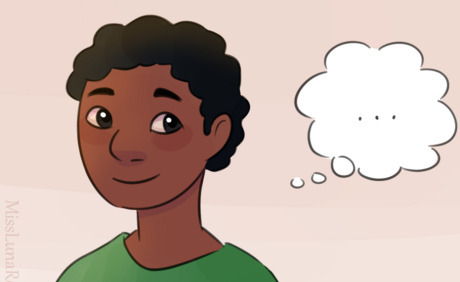
Have clear boundaries in mind. Know what you're willing to do or what would mean you're going too far. If you know your boundaries, then you won't have to search for your boundaries in the middle of a stressful situation. For example, if your brother often asks you for money, and you're not sure how to handle it, have an exact number in mind for how much you're willing to give. If you're not willing to give any more money, know that before you talk to him again and be ready to assert your boundaries.Tip: The best way to frame a boundary is as something you'll do rather than something they'll do. For example, "If my dad criticizes my career once, I will tell him to stop. If he doesn't stop, then I will firmly say goodbye and hang up the phone."

Explain how you feel and what you need. When you are assertive, you explain how you feel and what you need, without being rude or aggressive. These skills can help you stand up for yourself and still treat other people with respect. Convey your opinions, thoughts and feelings in a respectful manner. If you feel unsure about explaining your feelings, try writing them down first or practicing what you might say. For example, perhaps you want a raise at work, but you haven't found a good way to speak up about it yet. The best outcome would be having the opportunity to make yourself heard and have your request for a raise accepted.

Be straightforward. It can be difficult to simply tell someone what you want, especially if being nice is one of your stronger qualities. You may feel that it seems rude to actually say what you think. In reality, however, it isn't rude at all. Beating around the bush will make you seem passive or bendable. Project self-awareness and strength so you can get your way without having to argue. Don't sugarcoat your position to make it seem more palatable. For example, if you want your aunt to stop dropping by unannounced, say something like "Aunt Ida, please start calling before you come over. That will give me time to prepare for your visit." Don't say, "Aunt Ida, would it be OK with you if you call me sometimes before you come over? But only if it's convenient for you, I don't really mind either way."

Don't apologize for your opinions or needs. When you are assertive, you own your feelings and needs, and you feel justified in having them. Don't apologize for asking to get what you need.

Practice assertive nonverbal communication. Communication happens both with words and with body language. The way you present your position will impact the way it's received. To have assertive nonverbal communication, practice some of these skills: Maintain eye contact. (If you are neurodivergent and find eye contact difficult, look directly at the person's face instead.) Stand or sit with good posture. Speak with an appropriate tone and volume of voice. Keep your body relaxed and calm.

Show appreciation for the other person. When you communicate assertively, you also recognize the contributions of the other person. You can still ask for what you want, but you should acknowledge when the other person has made concessions or has conveyed their feelings. Otherwise, you may come across as disinterested and rude.
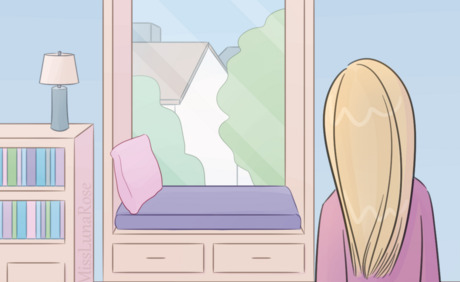
Manage your stress. When you are stressed, it's often the case that you feel you are not in control of a situation. This can influence the way you respond in a given situation. You might be more prone to respond aggressively or passively. Managing stress is integral to communicating assertively.

Choose an appropriate time to have a conversation. If you're tired or hungry, wait until you've resolved those issues before embarking on a conversation. You might lose your cool more quickly and come across as rude if you're not feeling very good.
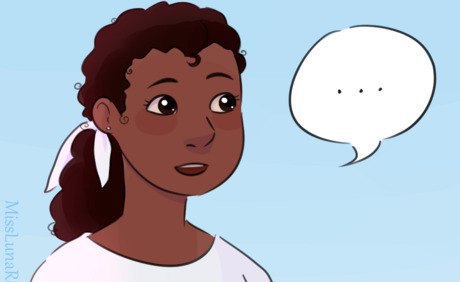
Practice and be patient. Learning to be assertive takes time and practice. Start practicing your assertiveness techniques in small situations, such as telling your friend that you don't want to watch a certain movie. Build upon each experience and soon you will find yourself to be assertive in other situations too.
Trying Assertive Techniques

Try the broken record technique. In this technique, calmly restate your feelings or need each time someone tries to argue or distract you. (For example, "Please stop making sexist jokes." "I don't find sexist jokes funny.") This is a way to stick to your principles without disrespecting the other person. For example, you might try to return a damaged item to a store to get a refund. If the clerk tries to offer you other alternatives (fixing the item or telling you it's not damaged), keep repeating that you'd like a refund. This technique is assertive rather than rude as it lets you make your point by stating clearly what you want in a non-offensive way. Body language and tone are important here. You don't want to yell or treat the other person badly. Your simple statement is power enough.

Try the fogging technique. Use the phrase, “You might be right,” when someone tries to draw you into an argument. In this way, you acknowledge that the other person's views may have merit, but you remain confident in your position. Agreeing does not mean that you back down and change your mind. For example, if someone says, “Your haircut looks stupid,” you can respond with, “You might be right.” They might continue: “Didn't you hear me? You look like a loser.” Respond by saying, “You might be right, but it will grow back.” This technique is assertive rather than rude. Because you agree with the antagonizer, you take the wind out of their argument and keep the conversation from escalating. It's difficult for the other person to argue with you when you might agree with them. Additionally, saying “you 'might' be right” doesn't confirm that the bully is right, only that they might be. Everyone has a right to their own opinion.Tip: Fogging is good for matters of opinion or when the facts don't look clear. But if you know for a fact that the other person is right, such as them recalling a promise you made, then fogging can come across as an attempt to avoid accountability. Stick to using fogging for avoiding opinionated discussion.

Use I statements. This is a common technique taught in almost every assertiveness training course. An I statement is when you begin a sentence with “I…” It is successful because it focuses on what you need without putting the other person in a corner. You allow the other person to think, feel and do what is best for them. Using an I statement is an assertive technique rather than a rude one because you are taking responsibility for your feelings. You are not blaming the other person. “I” statements are a good way to open up communication so that the problem can be solved. Sample I statements are: “I feel angry when you use sarcasm,” “I feel insulted when you put your desires ahead of mine,” or “I feel hurt when you talk to me like that.”
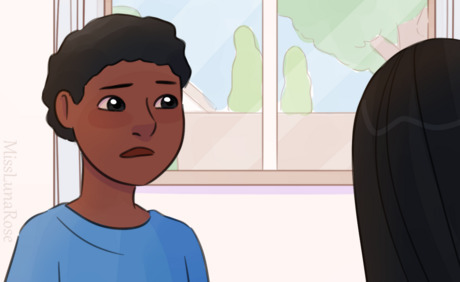
Try nonviolent communication to make polite requests with someone you trust. Nonviolent communication means stating an observation, describing a need, and then seeking resolution. This offers a polite and nonjudgmental way to make requests of others. Here are some examples of requests using this format: "I can hear you yelling and swearing into your headset. I have a video call with my boss in fifteen minutes and I need a quiet environment. Would you quiet down or play a less stressful video game, please?" "Your alarm woke me up at 5 am and I couldn't fall back asleep. I need sleep to function and I'm having a difficult morning because of this. Can you please turn down the volume or work with me to find a solution that lets me sleep?" "Yesterday, when you saw the mess in my room, you rolled your eyes and called me lazy. While I understand your frustration, I feel hurt when you call me names. In the future, can you please make requests of me without the name-calling?"

Try leading with an agreement or compliment. Starting by acknowledging common ground or values can help. This assures the other person that you mean well and that you recognize their point of view. It sets the stage to tackle a problem together instead of from opposite sides. "I know you want to look out for our daughter and help her have a good future. I'm concerned that she might be feeling too much academic pressure. I don't want her to risk burnout or poor mental health from overwork. Can you help me encourage her to seek a balance?" "I know you care so much about the quality of your work. Your dedication is incredible. I'm letting you know about this issue because I know you can rise above it." "That is an interesting article. I know you're trying to figure out the best way to protect our family's health and that it's hard to wade through all the rumors and misinformation online. But I noticed that the writer is being sued for allegedly poisoning people with their alternative medicine, so I'm not comfortable buying their product for our kids."

Be polite but firm. Stay within the bounds of politeness while also expressing yourself. After saying what you need to say, listen to the other side. There's no need to raise your voice to be heard. There's more power (and politeness) in being calm and collected. That said, avoid being too smiley or giggling after you say your piece. You can be polite without undermining yourself. Only lighten the mood in this way if it's appropriate for what you're talking about.
Recognizing the Difference Between Assertiveness and Rudeness
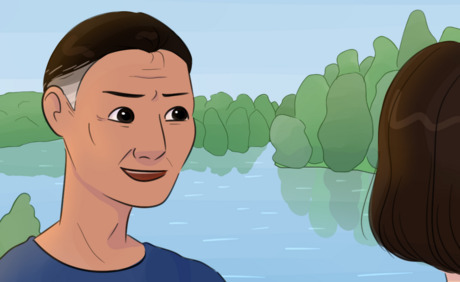
Understand what rudeness looks like. Rudeness is an absence of respect for the other person, their feelings, their beliefs and their views. When someone is rude, they are more likely to be sarcastic, angry, abusive or bullying. Rudeness also can include yelling, offensive language, threats, breaches of personal space, and intimidating gestures like blocking someone's exit or shoving them. For example: Raj and Josh are waiting in line for concert tickets when a group of guys cuts in front of them. “Hey, we've been here all night. You can't cut in front of us,” says Raj. “Look, you little freak, I'm not moving so shut it,” yells one of the bullies as he puts his face in Raj's face and jabs his finger into Raj's chest for emphasis as he talks. The raised voice, insult, and intimidating body language are examples of disrespectful and abusive behavior.
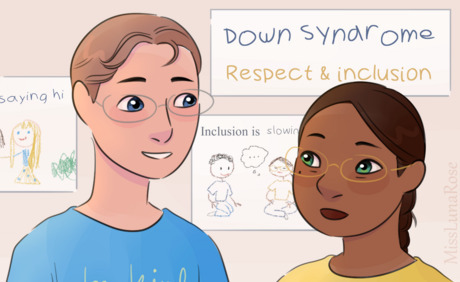
Understand what it means to be assertive. To be assertive is to “express yourself effectively and stand up for your point of view, while also respecting the rights and beliefs of others.” Assertiveness involves all of your communication skills, meaning your words, your actions, your body language and your voice tone and facial expressions. When a person communicates assertively, all of these elements are in harmony. Simply put, assertiveness is being confident without being aggressive.
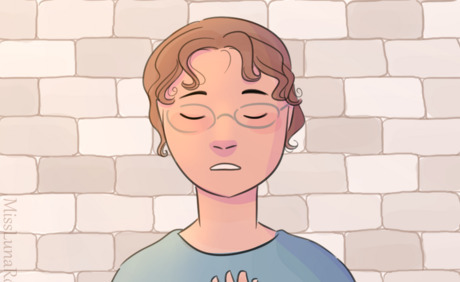
Notice that assertive people keep their anger in check. Sometimes you'll feel angry, and sometimes your anger will be very justified. An assertive person will speak up, being respectful while speaking powerfully as needed, whereas an aggressive person will lash out (with words or actions). Assertive people critique the thoughts/behavior, not the individual. "It was very hurtful of you to make those racial comments to Mika" is different from "You're a racist pig."

Recognize respect for the other person. Assertiveness is rooted in mutual respect. Without both parties respecting each other, you cannot communicate assertively. Instead, the dialogue is filled with aggression or passivity. When you have respect for the other person's feelings, you can get what you want without stepping on others' toes.
Recognizing Your Communication Style

Recognize an aggressive response. Communication styles are learned from our earliest years so it might be difficult to tell what assertiveness looks like. If a child observes aggressive interactions, they will most likely adopt that style. Someone might respond aggressively to you when you get when you want. The other person is put on the defensive and feels intimidated. An aggressive response might look like this: One person says, “Our guests will be arriving any minute. Do you think you could get me a clean shirt sometime this century?” The other person responds with, “I have to finish getting the food ready. Why don't you get off your lazy duff and get your own clean shirt?” Both people are communicating aggressively. Each is aiming to get what they need without regard for the other person.Tip: If someone is stating or implying something negative about the other person, that is aggressive. An assertive person states their needs without negatively labeling someone else (even if the other person is acting out of line).

Recognize a passive response. When someone gets what they want out of a situation, this might leave you feeling resentful, angry or taken advantage of. If you respond passively, you won't stand up for your own needs. A passive response might look like this: One person says, “Our guests will be arriving any minute. Do you think you could get me a clean shirt sometime this century?” The other person responds with, “Fine. I guess the food will just be late. Don't blame me if everyone complains.” The first person is still being aggressive and the second person responds passively. One gets what he wants while the other doesn't stand up for her needs.
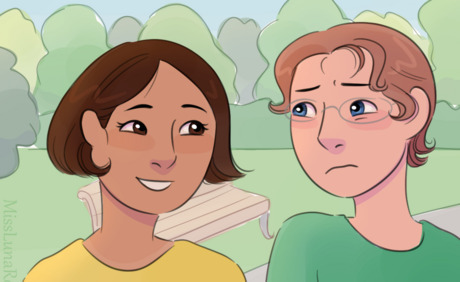
Determine if you're using one-sided assertiveness. Even if the other person is being aggressive or passive, respond with assertiveness. Assert your rights and feelings by telling the other person what you don't like. Tell the other person what you need. One person might say, “Our guests will be arriving any minute. Do you think you could get me a clean shirt sometime this century?” The other person can respond assertively with: “The clean shirts are hanging in the closet. I need to finish getting the food ready.” Although the first person's request is still aggressive and sarcastic, the second person is able to respond assertively. She could further assert her rights and feelings by telling the first person that she doesn't like the sarcasm and that she would appreciate it if he would see that they are both busy getting ready for the party.

Recognize assertive responses. In a mutually assertive situation, both you and the other person feel respected and heard. Even if you have learned to respond aggressively or passively, you can still learn to communicate assertively and respectfully. One person says, “Our guests will be arriving any minute. Do I have any clean shirts?” The other person responds with, “Yes, there are several in the closet. I need about five more minutes with the food.” Both people address their needs while respecting those of the other.













Comments
0 comment